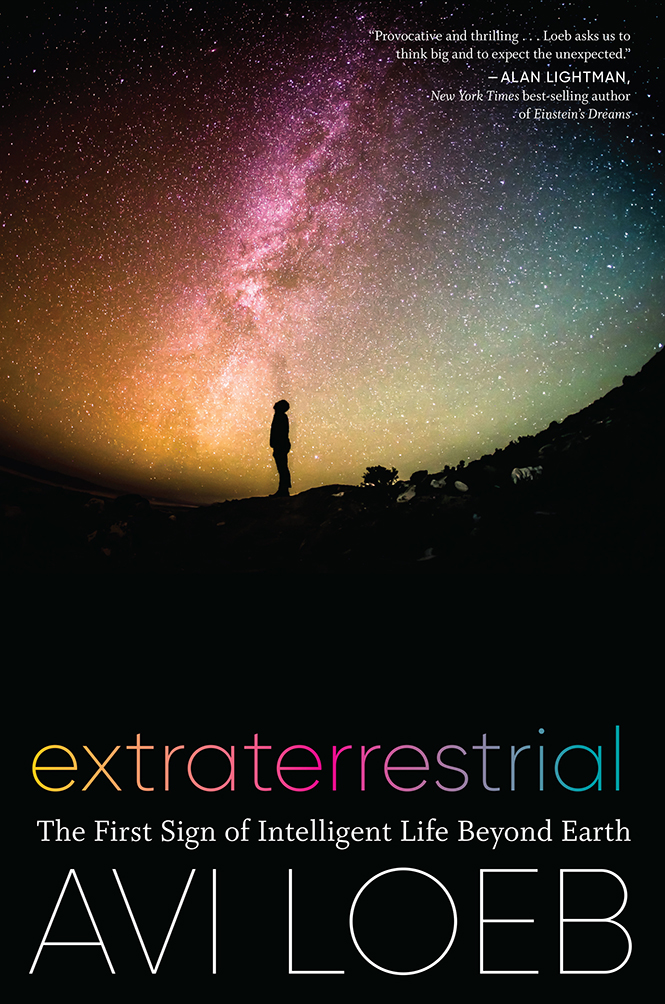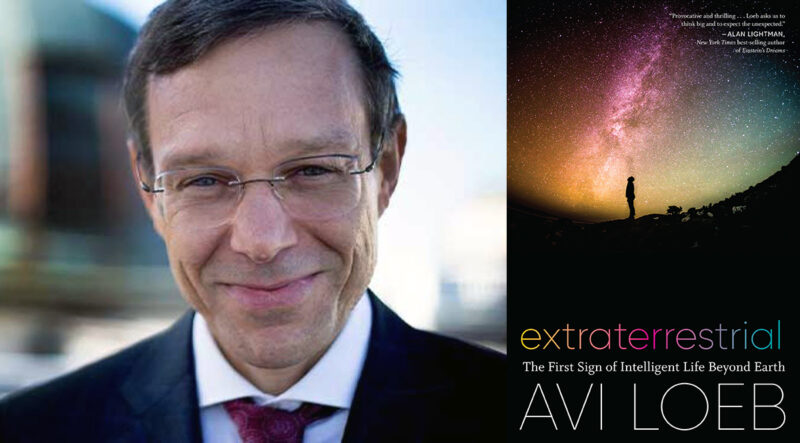Knowing that there is intelligent life beyond our planet should be the impetus to better ourselves.

Sign of Intelligent Life
Beyond Earth
by Avi Loeb
Mariner Books
New York, 2021
5/5
That’s the message Frank B. Baird Jr. Professor of Science at Harvard, Avi Loeb, wants you to take away from his experience with interstellar object, ‘Oumuamua.
His second book, Interstellar: The Search for Extraterrestrial Life and Our Future in the Stars, details his trials and tribulations within the scientific community as he argued that the interstellar object ‘Oumuamua was evidence of extraterrestrial life.
In the book’s beginning, Loeb shares snapshots of his life events leading to his discovery of ‘Oumuamua, which means first distant messenger in Hawaiian, and it helps to highlight how his rural life in Israel has shaped his environmental awareness and his proclivity for resolving issues.
That aspect of his personality is reflected in the quote, “Of all the lessons we can learn from ‘Oumuamua, the most essential might be that we cannot allow the smaller filters of war and environmental degradation to grow into a great filter. We must exercise greater care, diligence, and applied intelligence in the preserving of our civilization. Only this way can save ourselves.”
But he’s not without his quarrels, as he found resistance from the scientific community to his theory that ‘Oumuamua was made by another advanced species, due to its unique path through our solar system and its accelerated exit past the sun.
What stood out most for Loeb was the initial direction of motion of the Sun was in the local standard of rest, and then ‘Oumuamua’s trajectory moved from LSR to the south of the ecliptic plane of the solar system.
“In the spirit of transparency, know that some scientists find my hypothesis unfashionable, outside of mainstream science, even dangerously ill-conceived,” he wrote. “But the most egregious error we can make, I believe is not to take this possibility seriously enough.”
Now, it’s no mystery that UFOs, UAPs and extra-terrestrial life have resurged and become a tentative zeitgeist in our news media. From Mexican Congress discussing alien life, complete with bodies, during a September 2023 hearing to David Grusch’s testimony at a U.S. congressional hearing in July, and of course the U.S. Navy’s release of the “tic tac” videos, we’ve been inundated with ETs.
Even Canada had its run-in with shooting down UAPs over the Yukon Territory in February. Our Prime Minister, Justin Trudeau, was briefed on the events that happened in February 2023.
With a second book released on Aug. 29, now is the time to pick up Extraterrestrial to find footing in Loeb’s theory. Although unorthodox, he makes his case clear, and uses examples, albeit comparisons to his own ostracization, to past scientists like Copernicus and Galileo.
If anything paranormal, or even borderline woo-woo, is to be made legit by hard evidence, it’s extraterrestrial life. When the universe is predicted as being 13.8 billion years old, and the Earth a mere 4.54 billion years old, one would be obtuse not to believe we’re alone in the universe.
Loeb helps present this and is cognizant of the spiritual impacts the discovery of extraterrestrial life would mean to us, as a species. But to him, we just need to look at it through the eyes of children.
“As kids, we tolerate mistakes and take risks because these are inseparable from the process of expanding our knowledge base,” he wrote in an article for the Harvard Gazette. “These aspects make most childhoods exciting and authentic.”

